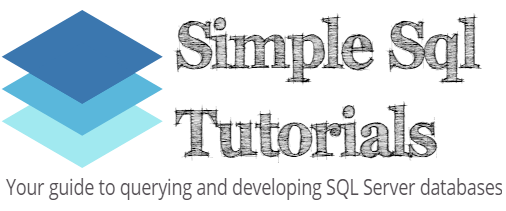Reading Time: 3 minutesThe CAST() system function is one of the most useful tools we have available to us in Microsoft SQL Server. We basically use it to convert a value from one data type to another on-the-fly. I was using CAST() in a query recently and encountered an interesting problem. If you Continue Reading
FULL OUTER JOIN: The Ultimate Guide for Beginners
Reading Time: 8 minutesOne of the most common tools we use when querying SQL Server databases is the JOIN operation. There are many different kinds of JOIN operations in SQL Server, including: INNER JOIN LEFT OUTER JOIN RIGHT OUTER JOIN CROSS JOIN In this very brief tutorial, we’ll discuss a fifth type of Continue Reading


